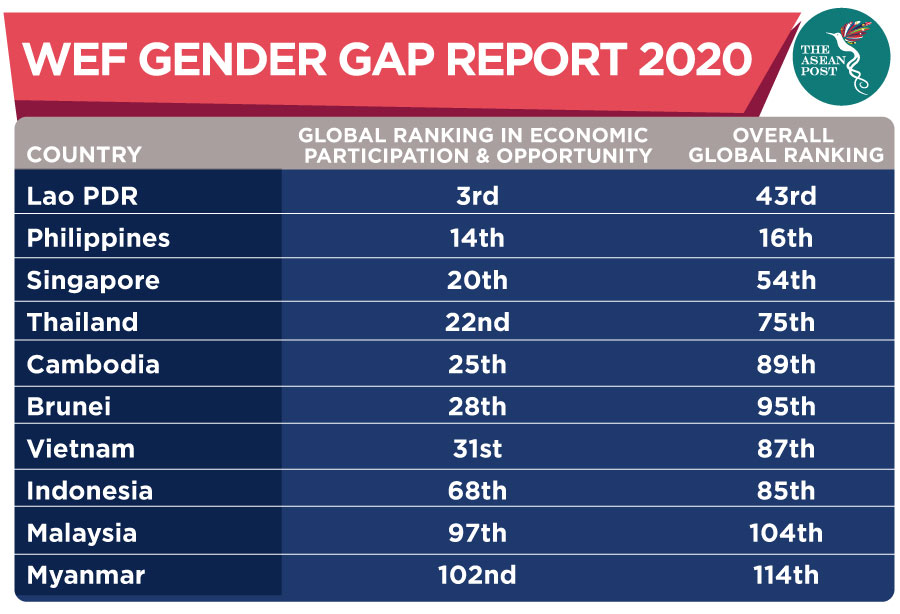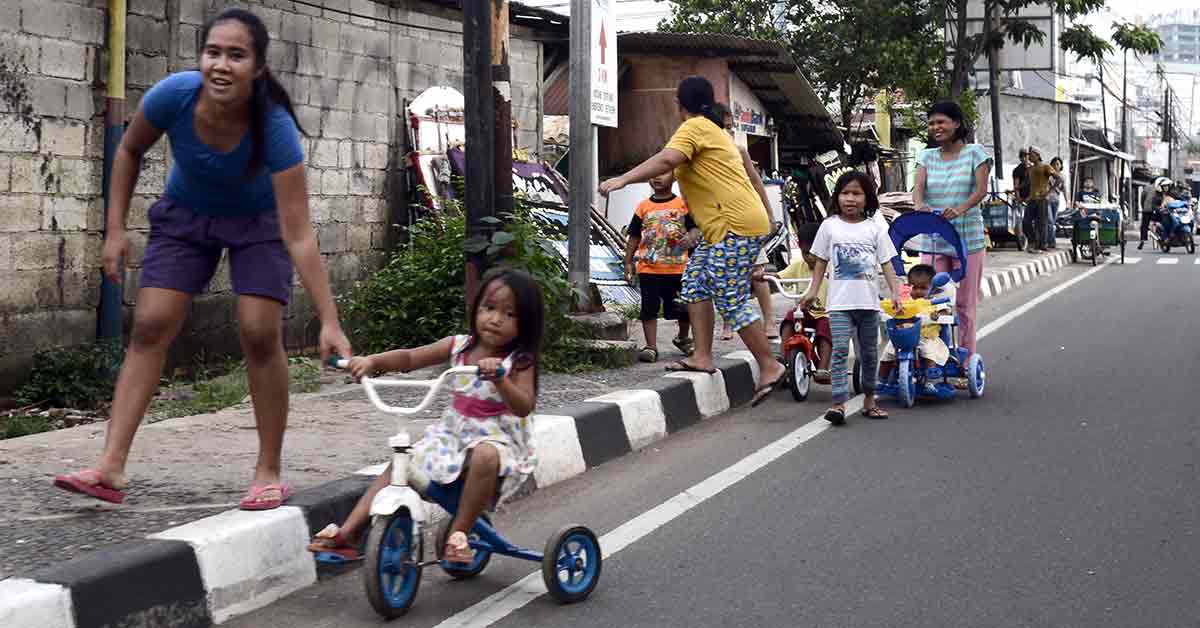In 2016, the International Labour Organisation (ILO) reported that women made up half of all documented migrant workers in ASEAN.
These women are normally employed in the care industry and most often are underpaid and certainly undervalued.
The World Economic Forum (WEF) reported that one of the significant reasons why the gender gap remains large is because care in most countries almost always fall on the woman.
It does not however, mention the perceived insignificance of care work to the economy. While women may bear the larger burden of responsibility when it comes to caring for the home and even relatives, the work they do which most people claim as invaluable is often treated as bottom class labour in our economy.
The trend of domestic workers flowing from poorer countries to richer ones is not something new. In fact, some experts even theorise that this phenomenon creates a relationship that to some extent provides liberty for the latter group of people at the expense of the former.
The counter argument is that this flow of workers should be seen as immigrants seeking better opportunities and a way out of poverty. But does that also mean they are not allowed to demand “fair wage for fair work"?
Why is care work not real work?
It was only eight years ago in 2011 when the ILO recognised domestic work as a form of labour. What this means is that domestic workers – defined as those who have an employment relationship for a household(s) – are entitled to enjoy the labour rights in the respective country of employment.
That however has not changed the treatment of housekeepers in Southeast Asia; many of whom have suffered multiple employment abuses in addition to having to work round the clock with no day off.
While companies and individuals would readily pay the market wage for workers who help them make a profit, the same people find it absurd to pay the same wage for a maid. So how come those who care for our households and children are deemed to be worth so little?
A survey conducted by market research firm, YouGov found that 48 percent of Singaporeans polled think that domestic helpers should be paid below SGD600 (US$444).
Demand for foreign domestic workers in Singapore is projected to rise from 198,000 in 2011 to 300,000 in 2030.
In Malaysia, the minimum monthly salary for a Nepali security guard who typically works for 12 hours a day is reported to be RM1,900 (US$463). Whereas, an Indonesian in-house maid who works longer hours earns just RM900 (US$219) a month.
Is this income gap due to the fact that it is predominantly women who are domestic workers?
It used to be that the man was seen as the sole provider of the home and therefore should receive a better salary, but that simply allows policy makers to ignore the fact that women too leave their homes and families to go to work but only receive half as much as men.
ASEAN countries continue to fail to adopt progressive standards that respect women as equal contributors to economic performance as well as the wellbeing of their respective households.

Although research suggests that narrowing the gender gap in terms of wages will have a significant impact on the incomes of countries, efforts remain sadly at a standstill in most ASEAN countries.
The International Monetary Funds (IMF) explained that the differences in occupations of men and women is one of the leading factors contributing to the gender pay gap, where roles taken up by women tend to be seen as having lesser value.
One of the driving factors as to why Nordic countries such as Iceland do incredibly well in empowering women is because policies there favour the enhancement of human capital, a policy that ASEAN has vowed to pursue in conjunction with the 2020 Asia-Pacific Economic Cooperation (APEC) summit.
For a start, ASEAN should work towards enhancing the existing economic participation of its women as a first step to address the poor showing of the regional bloc in the recently released WEF 2020 Global Gender Gap Report.
Related articles:
